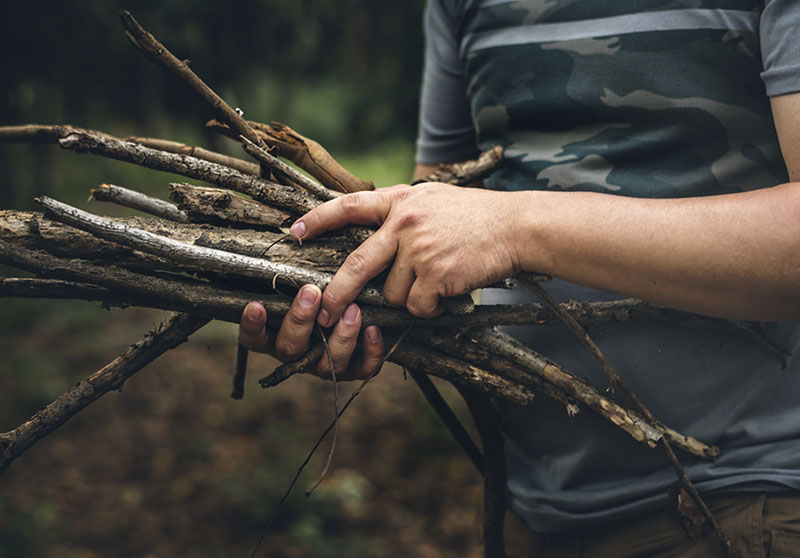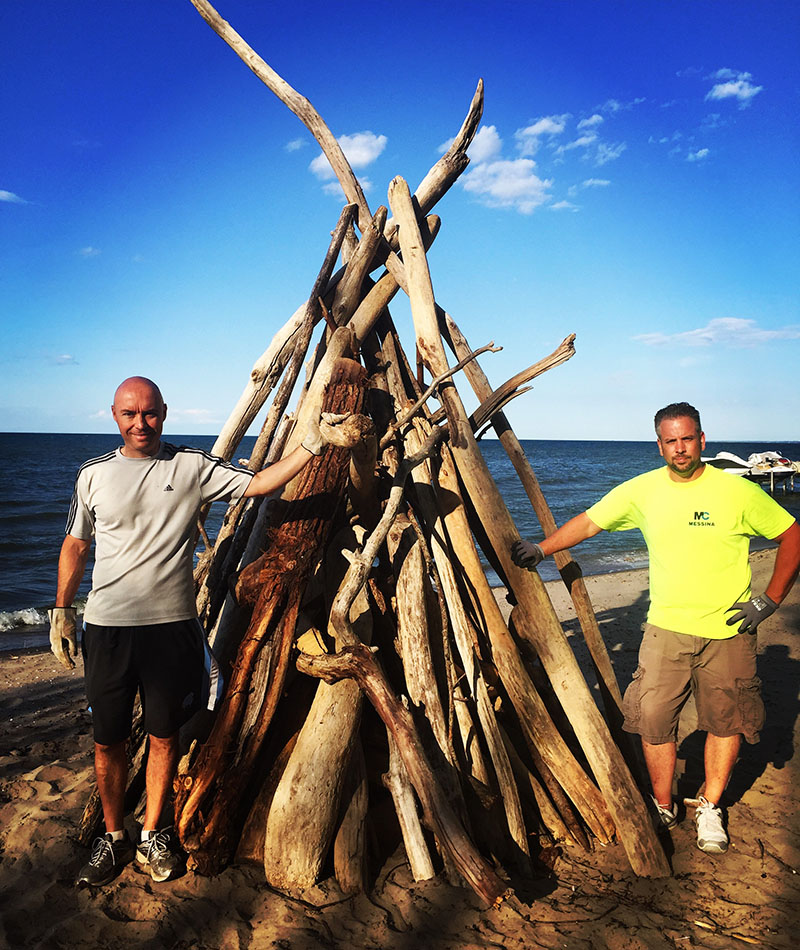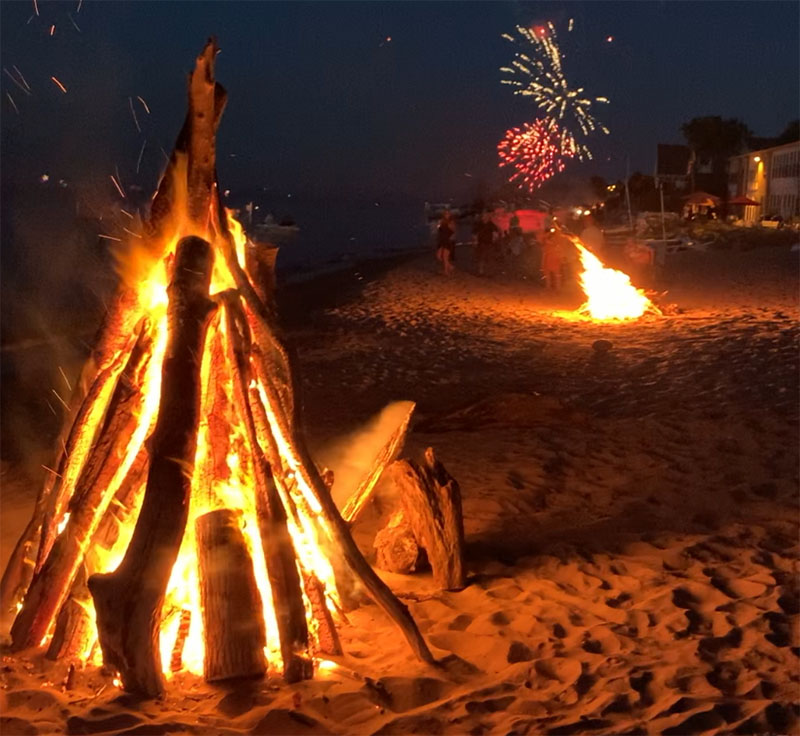Many of the things that go into a bonfire relate to that of group dynamics and motivation.
In order to build and maintain a good bonfire, it helps to think about:

Gathering Wood
When you prepare for a bonfire, you have to think before you go into action mode.
- What’s the goal of the fire? (Examples: for show, for heat, for light, for s’mores, all of the above, etc.)
- How large of a fire?
- What sizes of wood do we need?
- Where should we put it?
- How should we start it?
- Who is leading/tending the fire?
- Who is coming to the fire?
This is similar to how we typically start our client engagements.
- What is the goal of the group?
- Who is leading the group?
- What are the goals of the leader?
- What type of culture do we want for the group?
Kindling
Kindling is the smaller pieces of wood used to start a fire. Kindling is not always the easiest to find and it can take time to gather, but without it, you can’t get the fire started. It’s what allows the larger pieces of wood to catch and build. If you don’t think about kindling, you will have the awkward state of a group gathered around for a fire – and it won’t light.
In groups, we think of kindling as the people, and in particular, the different strengths, motivators and work preferences that each person brings to the table. These preferences are largely invisible to others (and even to ourselves).
Each of us has ways our brain works when thinking and working on problems. We also have ways we prefer to interact and communicate with other people (examples: how we deal with control, how we prefer to build relationships, how fast we prefer to act and make decisions, how introverted/extroverted we are). Knowing and understanding people’s preferences help set the tone for motivation, communication and performance strategies.


Flame (Larger Sticks/Logs)
You can’t dump logs on kindling and expect a fire to burn. You need to place them incrementally and strategically upon the kindling and then nurture the fire until the largest pieces of wood are burning.
The bigger pieces of wood are what make the flame burn bright and dance for our eyes. They provide sustainability.
In groups, you can’t just tell a group to be motivated. People need to be nurtured and led to success. They need to understand many things, including:
- The structure and hierarchy of the group
- Each other’s work and communication preferences
- The rules in regards to decision making and communication
- The reward system – what happens when we win (this is not solely financial)
Oxygen
Oxygen is fuel for fire. That’s why you may see people blowing on a fire or fanning it. Firefighters gauge the wind on an hourly basis – the higher the wind, the higher the flame. And part of the reason for the invention of the bellows was to bring oxygen to fire.
In groups, oxygen represents the “soft” things that motivates (or demotivates). They are the things that will determine if the group is motivated throughout, or only in starts and stops. The oxygen of groups include many elements, but especially these three things:
- Goals – Show that what the group is doing is important and making a difference. Set goals that matter both to the organization and the group.
- Leadership – Have the leader (or leadership) be an asset: support and motivate the group
- Culture – Make it visible. What is the culture of the group? How is it conducive for motivation? If necessary, how can we shift the culture? What is the culture of the overall organization and what does it mean to our group?

We could build you an awesome bonfire (and we actually do that with some of our clients), but for now, we’d rather learn more about you and your team. The dialogue can begin by Contacting Us.

